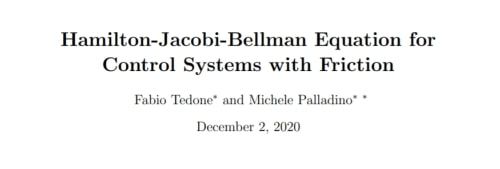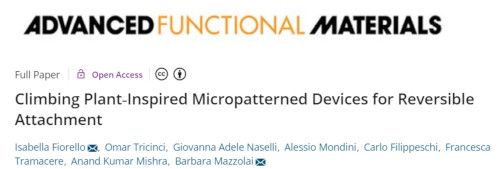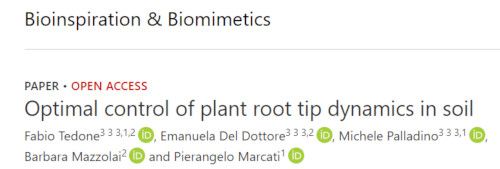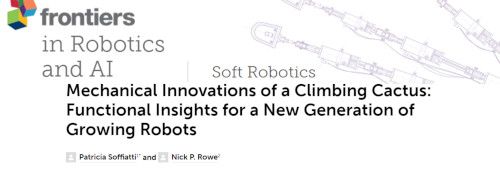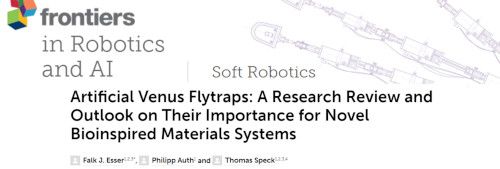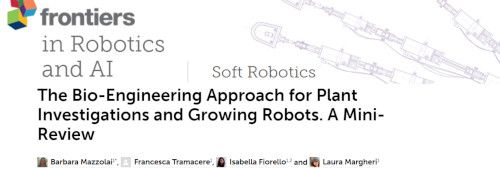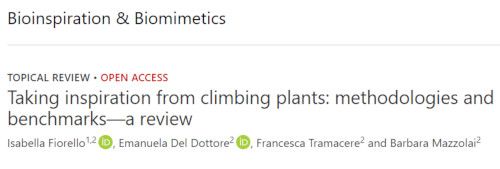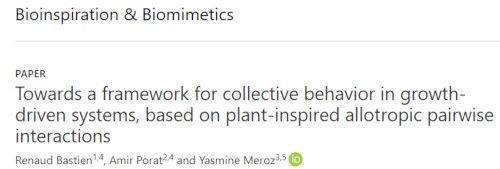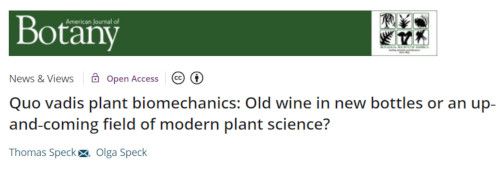WP3 - Climbing plants observation and modelling
WP3 aims to extract the structural and functional benchmarks required to design the plant-inspired growing robots and attachment solutions. The starting points are based on several scientific questions relevant in robotics and materials science, which include, among many: Why are climbing plants increasing in ecological importance? What functional traits underlie this increase? What are the mechanics, physics and chemistry behind attachment mechanisms? What evolutionary patterns underlie this diversity and success? What methods and tools (database technologies, ecological approaches, study plots, experimentation) do we need to develop and improve? What properties of vines and tendrils are useful for biomimetics research?
Partners involved

Tasks



Activities: (a) Ecological and functional survey of attachment organs and searcher deployment structures and "strategies" (b) Exploring the diversity of searcher span versus mechanical architecture and attachment mode (twining, adhesion, hook, spine, tendril) (c) field measurements of attachment types – maximum force, energy of fracture, tribology of stems and climbing organs, friction coefficients (d) "Smart Carabiners". Several approaches and technologies will be used (e.g., microcomputed tomography and high-field magnetic resonance imaging; viscoelastic and tribological features.
Expected results: The analyses will provide coarse grain knowledge of the diversity of potential GrowBot models available and their functional strategies with respect to environment complexity in terms of size, shape, density of supports, clutter and presence of voids. Different climbing plant species inhabit different climbing niches, the analyses will provide a range of "performance" traits characterizing climbing plants that will be essential for the discussion of different "GrowBot life histories" from small bodied mobile green soft creeping twining systems adapted for short space colonization to life histories adapted for longer range larger scale larger span environments. Therefore provide potential evolvability planning for Growbots and determining what kind of reach and attachment for what kind of conditions within the current technological constraints. Morphological studies will also allow obtaining a 3D geometrical model (e.g. 3D reconstruction from micro-CT and MR images) that can guide the optimized design of the robotic climbing robots.




Activities: Investigation of behavioural processes focusing on how climbing plants integrate tactile information about the structure of their environment together with other noisy environmental conditions (light, humidity etc), and how they use this information in order to make strategic decisions concerning their growth, as well as their response to the presence of neighbouring kin or non-related plants. Experiments will pose climbing plants with decision-making problems with contradictory cues (e.g one option with better lighting but a poor traction surface vs. an option with the opposite characteristics), and with fluctuating cues (e.g. flickering sources of light from changing directions emulating natural conditions). The observed motions will be studied also in silico models and will be described within a mathematical framework.
Expected results: development of a kinematic model by post-processing of the videos (e.g., in MatLab) and specifications for designing bioinspired control theories.


Activities: (a) Characterisation of attachment type at different scales from stem twiners to root climbers to friction and micro anchorage surfaces, (b) smart wood development and strengthening at attachment points, (c) identify sources/ types of "movement" within different strategies necessary for efficient attachment of different biological systems that would have to be integrated for different GrowBot life histories, (d) quantification of the phenomena using several techniques for i) gross and fine morphology ((cryo)scanning electron microscopy, histology, fluorescent microscopy, polarizing optical microscopy); ii) superficial characterization (atomic force microscopy, white light interferometry, optical profilometry); iii) mechanical characterization (detachment pull-off force apparatus, tribological measurements, systems for extracting viscoelasticity properties, cell-pressure probe); iv) dynamic adjustment of attachment elements embedded in an evolving structure (time-lapse movies, microscopic analysis of different attachment configurations, real-time visual monitoring).
Expected results: specifications for designing artificial plant-based attachment solutions. measurement of the exerted forces in selected circumstances (e.g., contact with external objects and pull-off force during attachment).

Activities: The first category of mathematical models focuses on the analysis of geometric growth, where the equations describe the elongation due to cell growth, and the response to gravity and/or to external obstacles. Feedback stabilization of the growth in the vertical direction in response to gravity and clinging to obstacles trigger a local change of the curvature, in the appropriate direction. The second category of models regards climbing plants dynamics where growth can be opposite to gravity or horizontal, with stems that cling or wrap around other plants or structures. In particular penetration of small diameter stems into cavities will generate a growth mainly controlled through curvature variations. A particular attention will be paid to low energy consumption growth and functioning mechanisms. An effort to understand plant strategies will be necessary to deal with obstacles detection and in general adaptation to the background environment. Anomalous scaling in the diffusion of obstacles need also needs to be taken under consideration.
Expected results: Networking information among plants appears an ambitious and promising direction. Appropriate numerical codes will be developed to connect models and real data analysis.
Gallery
IN-LAB ACTIVITIES [ALU-FR] (photographer: Klaus Polkowski)
-
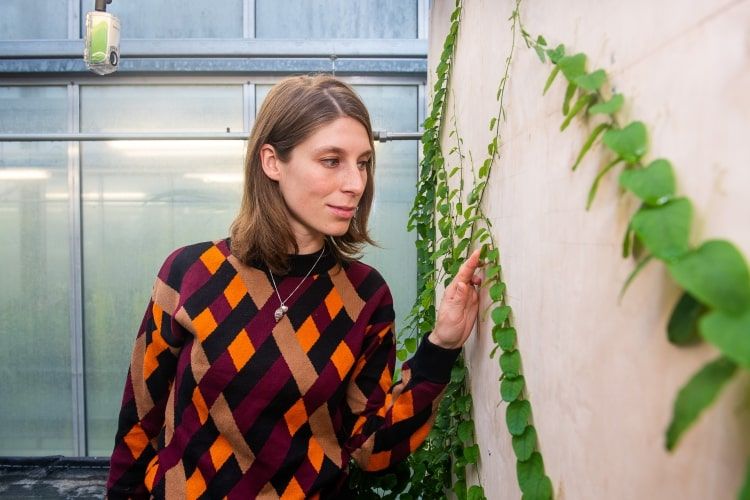
Frederike Klimm looking at Passiflora discophora
-

Thomas Speck (PI) looking at searcher shoots of Mandevilla sp.
-
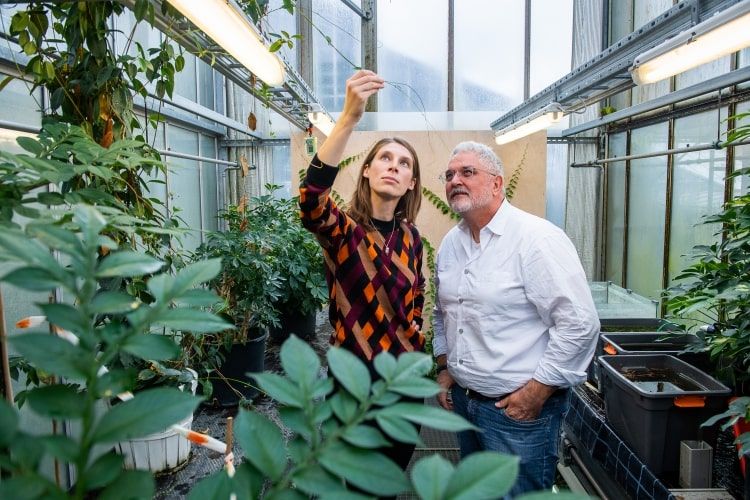
Research greenhouse of the Botanic Garden, Freiburg
-
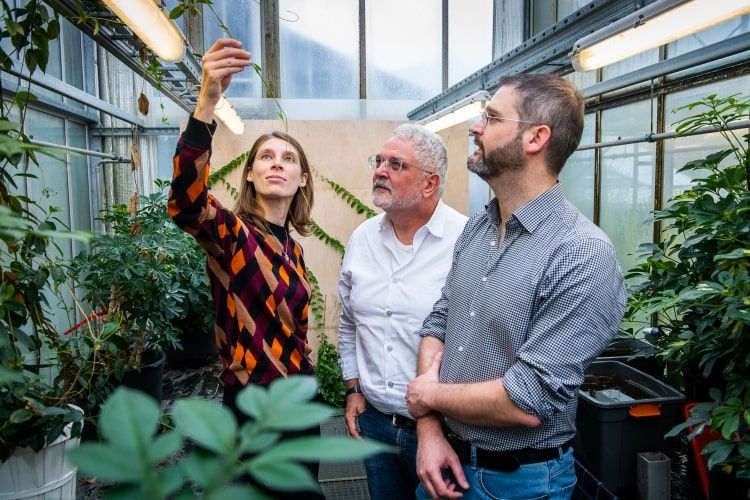
Research greenhouse of the Botanic Garden, Freiburg
-
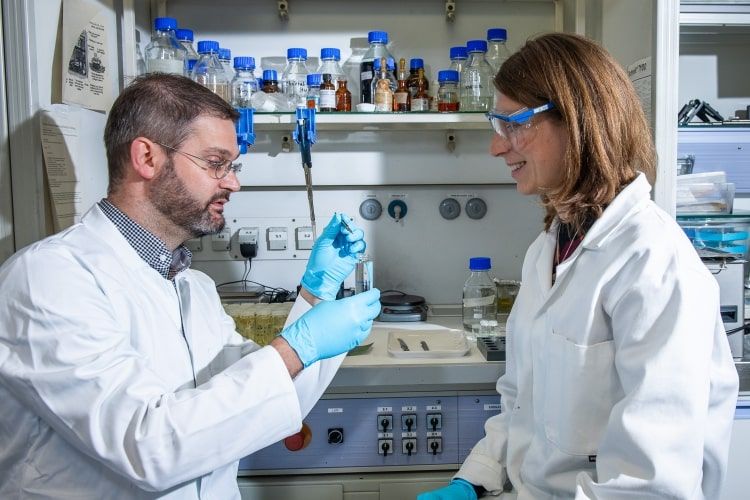
Lab of the Plant Biomechanics Group (Botanic Garden), Freiburg
-
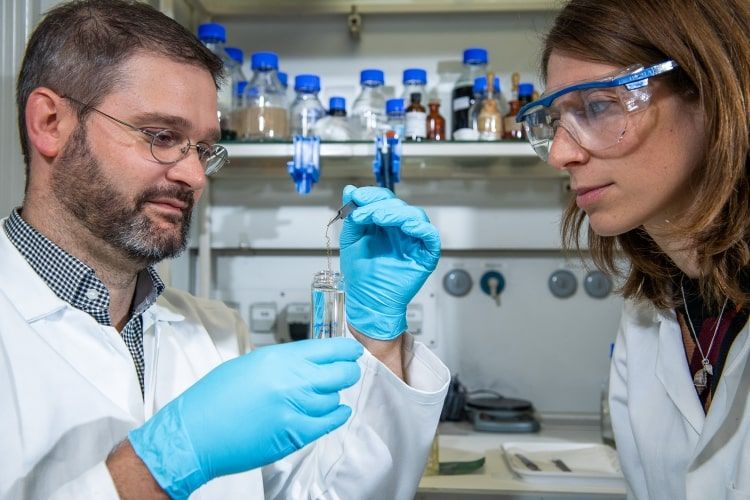
March Thielen and Frederike Klimm examining a coiled tendril of Cyclanthera brachystachya
-
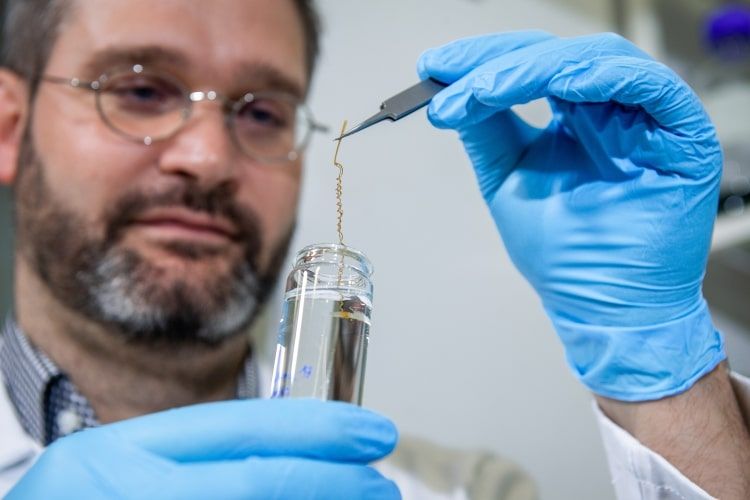
The coiled tendril of Cyclanthera brachystachya is kept and preserved in a fixation solution until embedding in resin for making thin sections
-
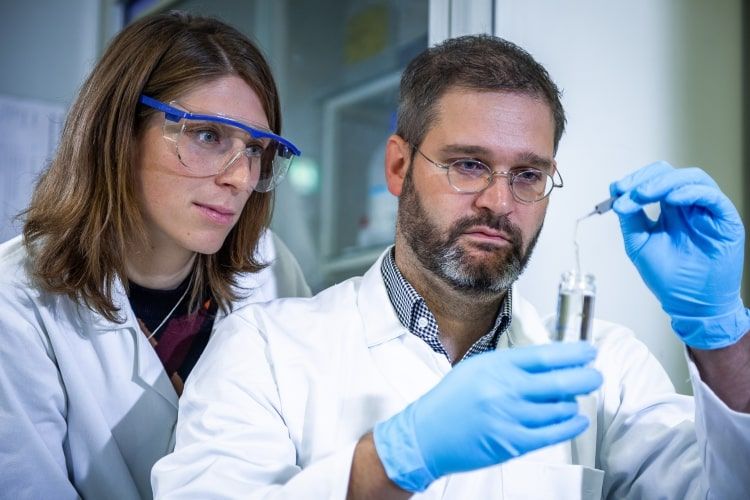
Our researchers in the lab
-
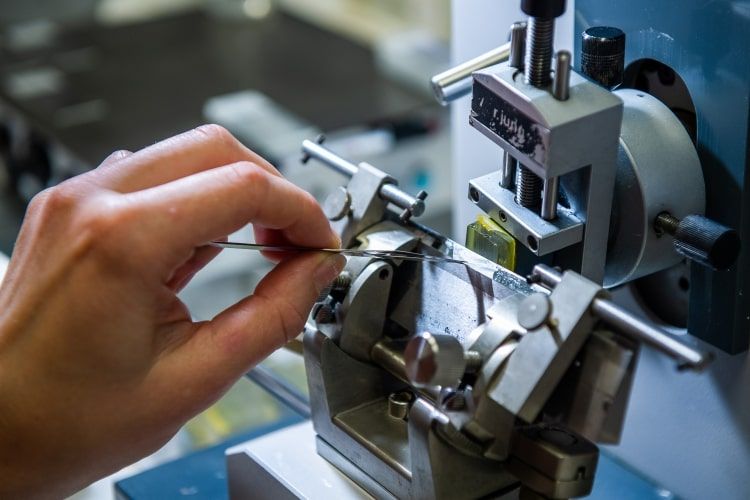
Our researcher making thin sections from resin embedded plant material for anatomical studies
-
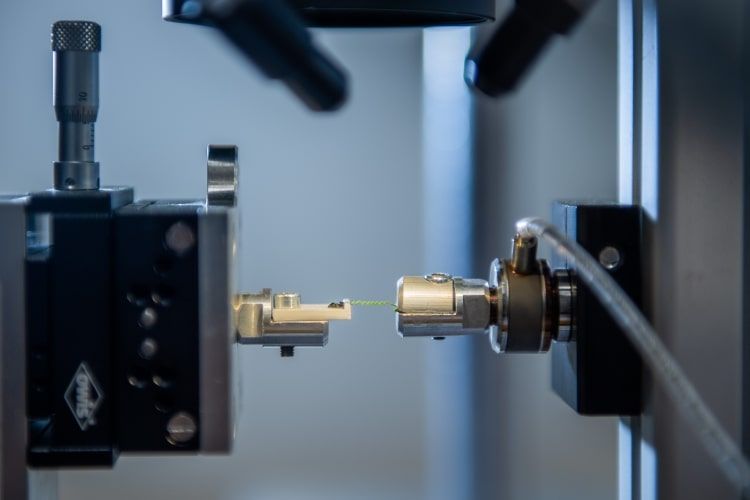
Mechanical testing of a coiled tendril of Passiflora discophora, one of the GrowBot's plant model, using a micro-tensil testing machine
IN-FIELD ACTIVITIES [CNRS]
-
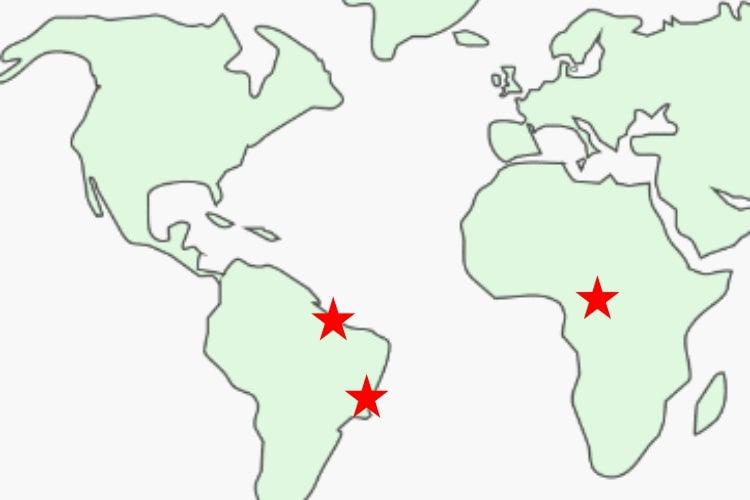
In-field research labs
-
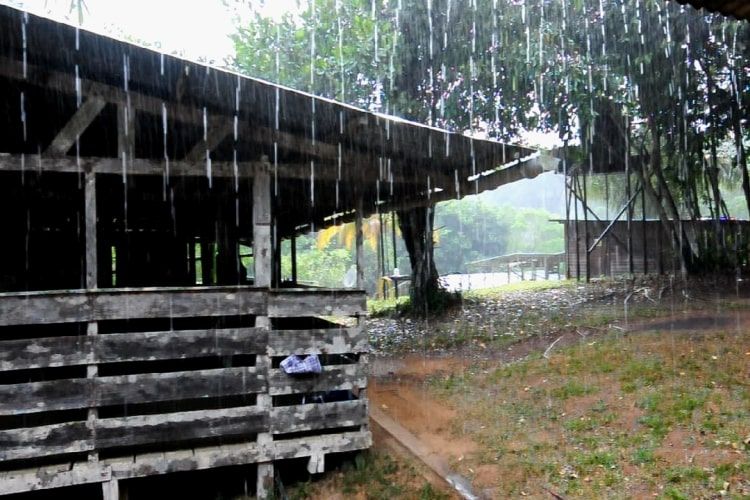
French Guiana's lab
-
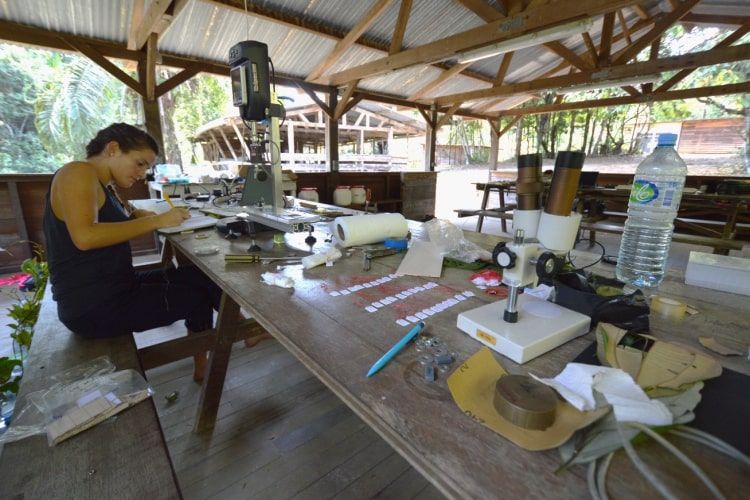
Our researcher working
-
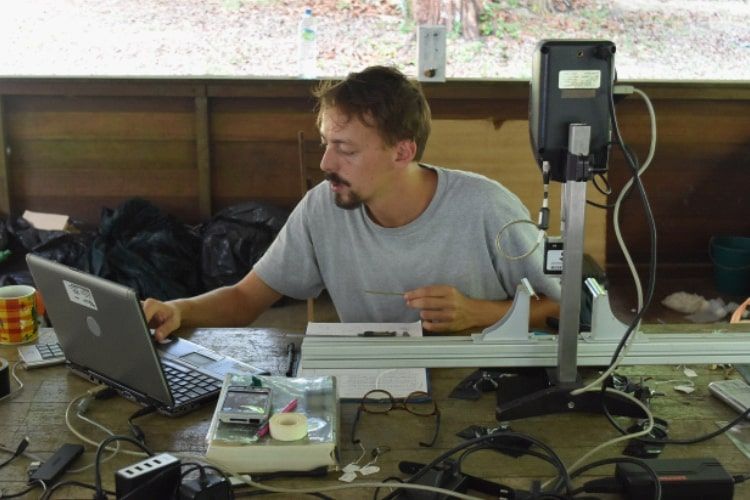
Our researcher working
-
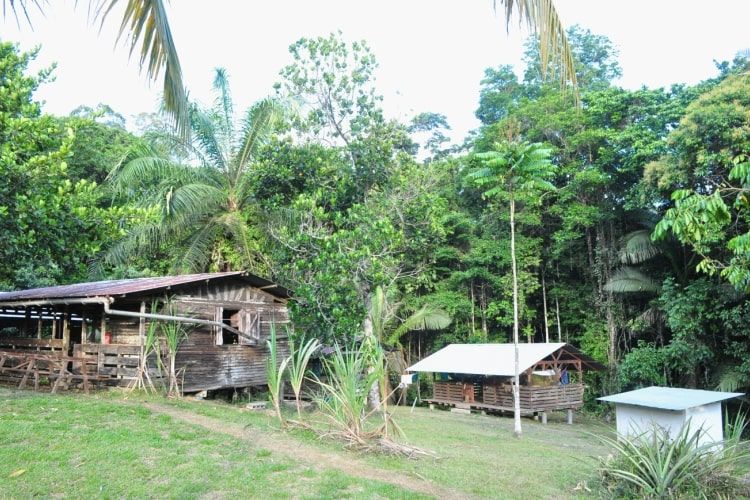
Our lab in the forest
-
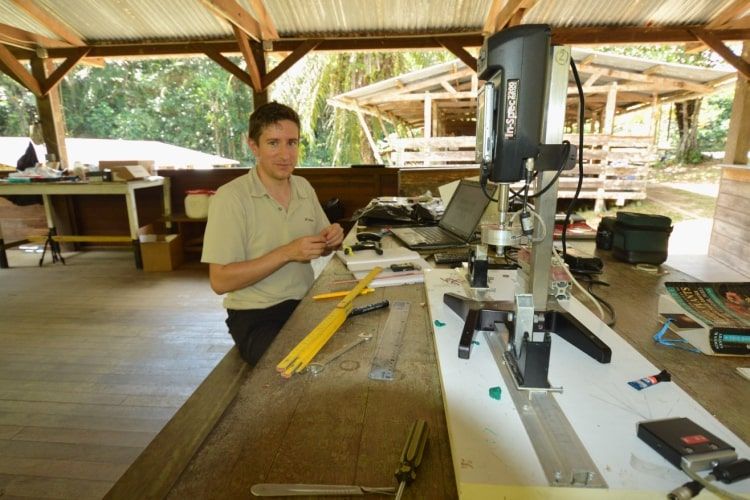
Our researcher working
ANALYSIS AND MODELLING [TAU]
Outcomes
Deliverables' List
In Task 3.2, circumnutations and tropisms will be analysed to develop a kinematic model of selected climbing plants species. A report will be also released to summarize the results.
Accepted (confidential)
Identification of biological models, “Field” behaviours and macro properties of stem and attachment structures.
Accepted (confidential)
Description of fine-scale organisation and properties of stems and attachment organs
Accepted (confidential)
Starting from the results achieved in D3.1, a model of behavioural responses will be developed for designing bioinspired control theories. A report will be also released to summarize the results.
Accepted (confidential)
Fine-scale physico-chemical characterisation of attachment structures
Accepted (confidential)
The expected result of task 3.4 is the development of appropriate numerical codes connecting models and real data analysis. A report will be also released to summarize the results.
Accepted (confidential)
Open Data
[3D Model] | Growth Dynamics of Sensory-Growth Systems (credits: TAU) | Learn more |
[Data] | Tensile test of Galium aparine's stem (credits: IIT-BSR) | Learn more |
